All unstable surfaces are not the same. When looking at the literature, it is often very challenging to differentiate between types of surfaces used in any given study or what is being compared in systematic reviews. This matters because they each have their own characteristics. Here, Core-Tex inventor and biomechanics expert Anthony Carey discusses some of the principles.
He compares conforming surfaces that compress, such as the BOSU ball or Airex pads, with firm surfaces that have different axes of rotation. Also considered are the shapes of the surface. The BOSU has a dome shape versus the flat surface of our other examples.
Not included in the video are other surfaces such as the Shuttle Balance System or the Fitter that move in a single plane.

Each of the characteristic of the surface contribute to the response(s) from the body. Understanding the differences can help you determine what and how to apply the different tools.
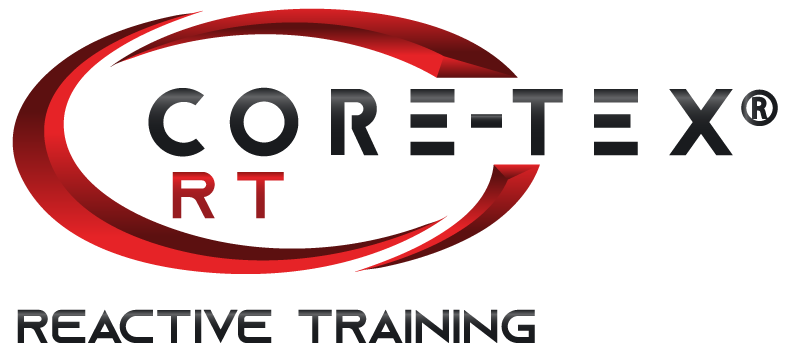
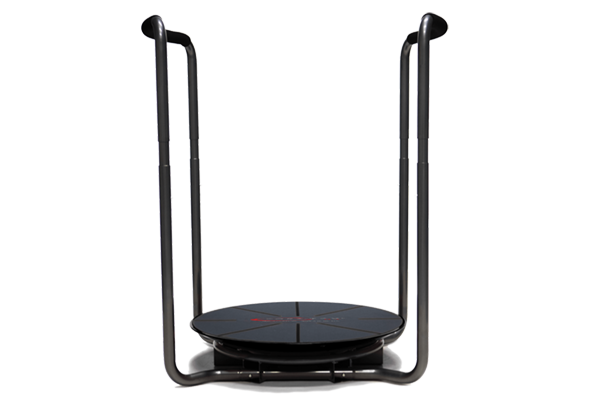
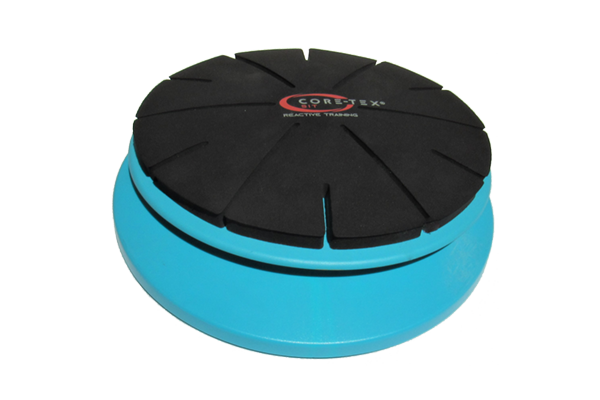
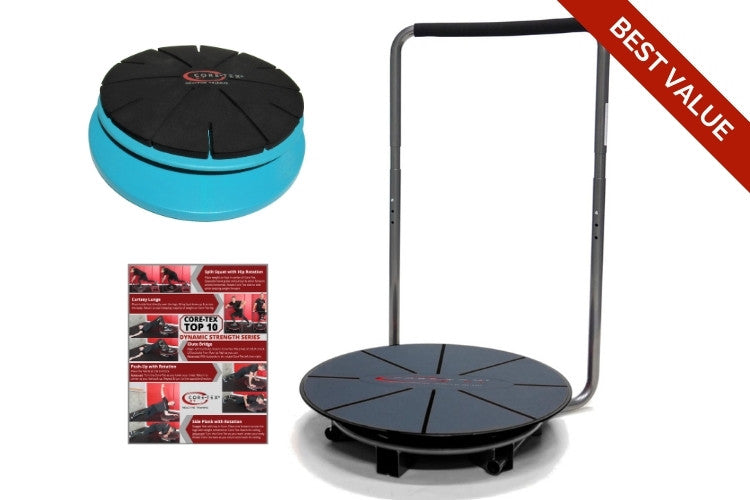

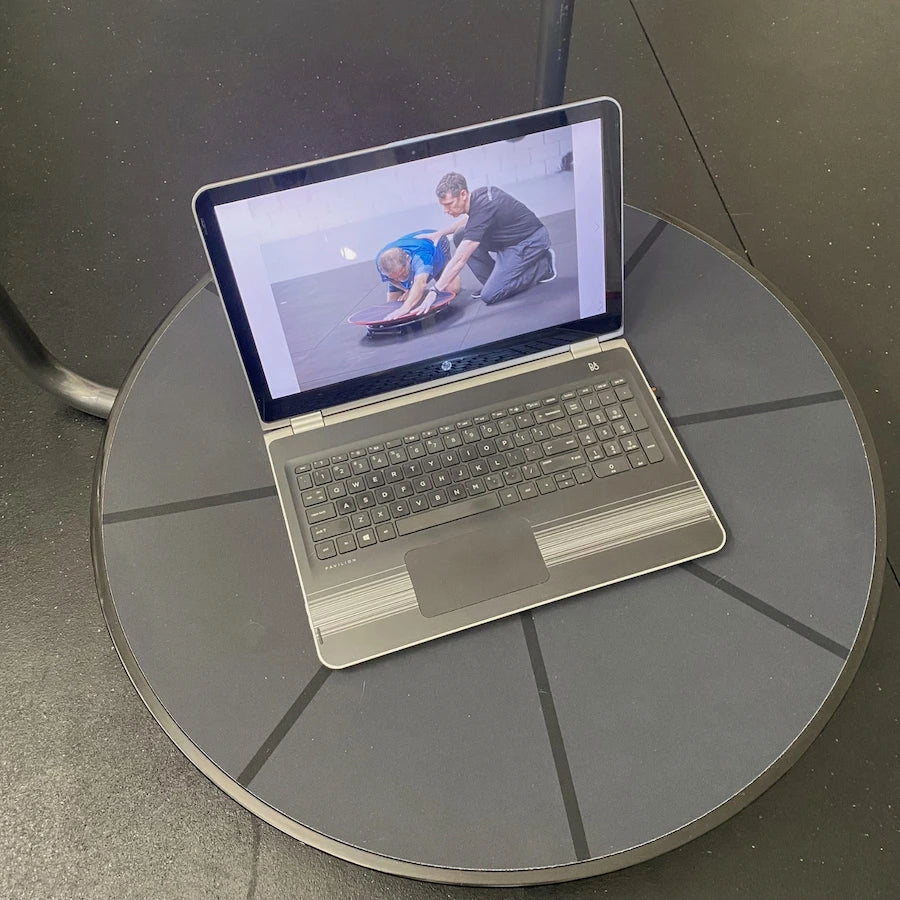
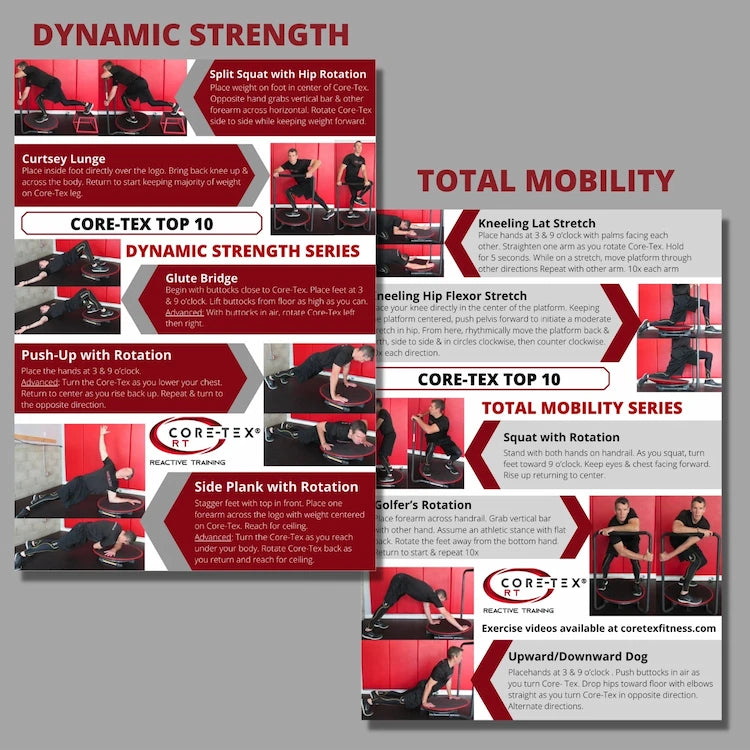
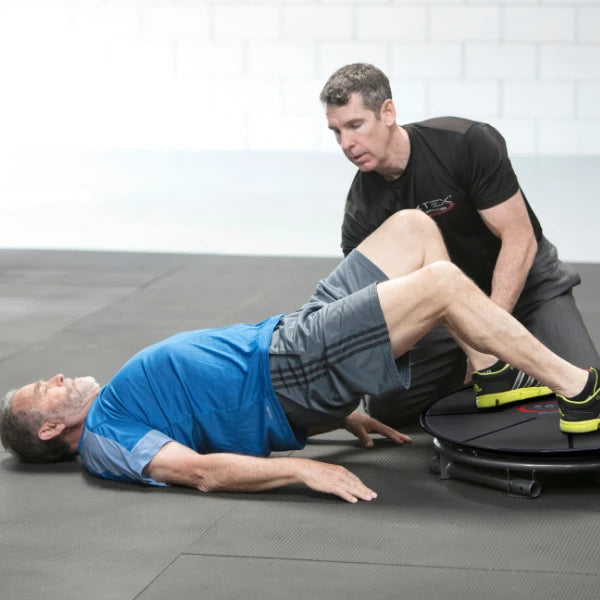
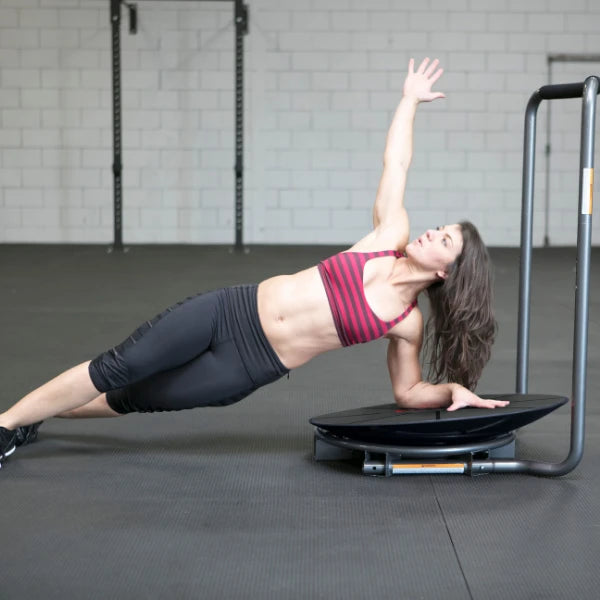
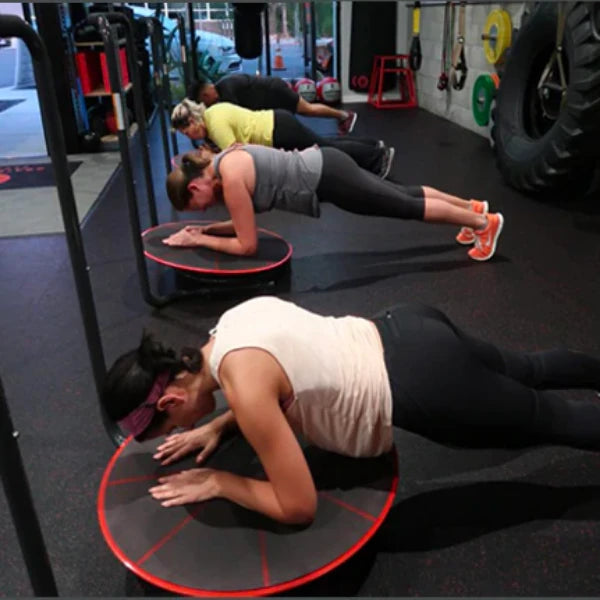
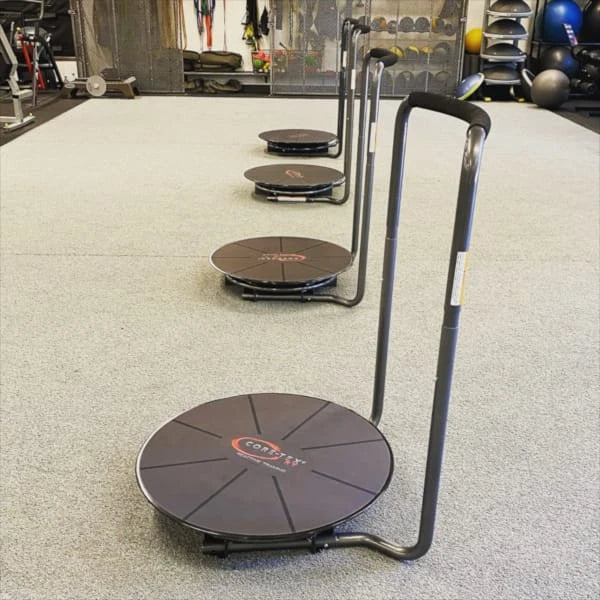
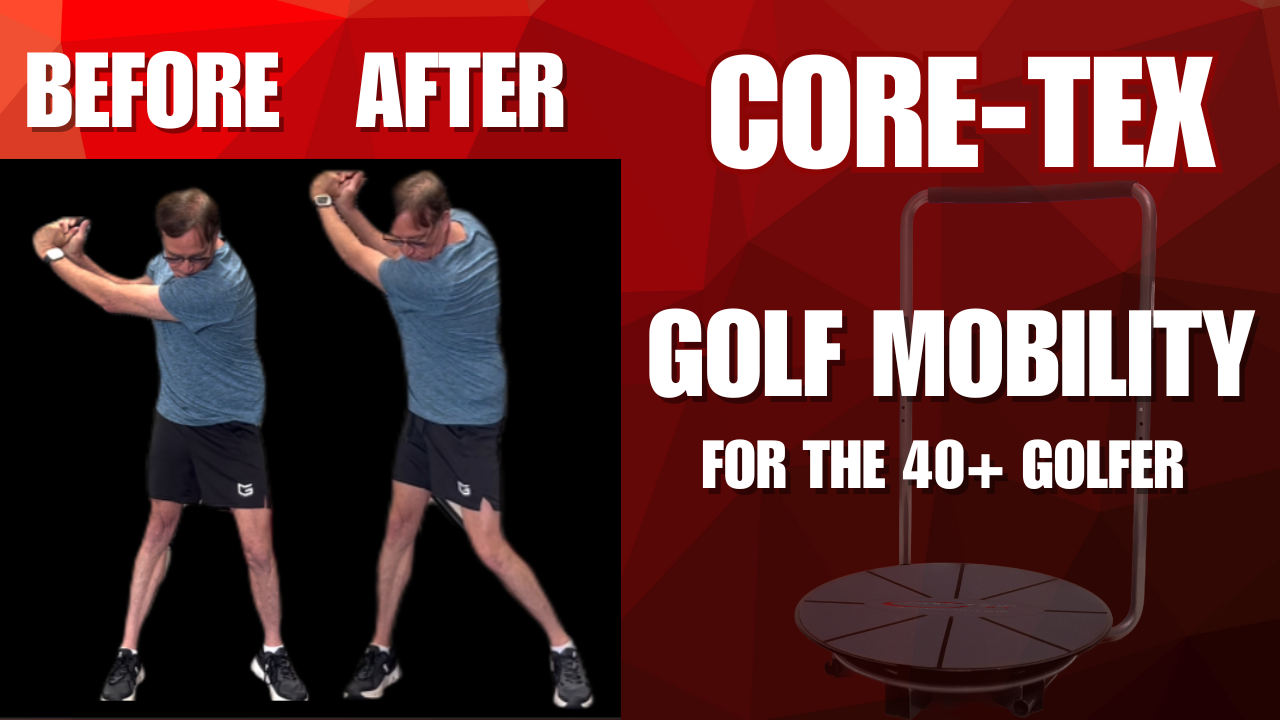
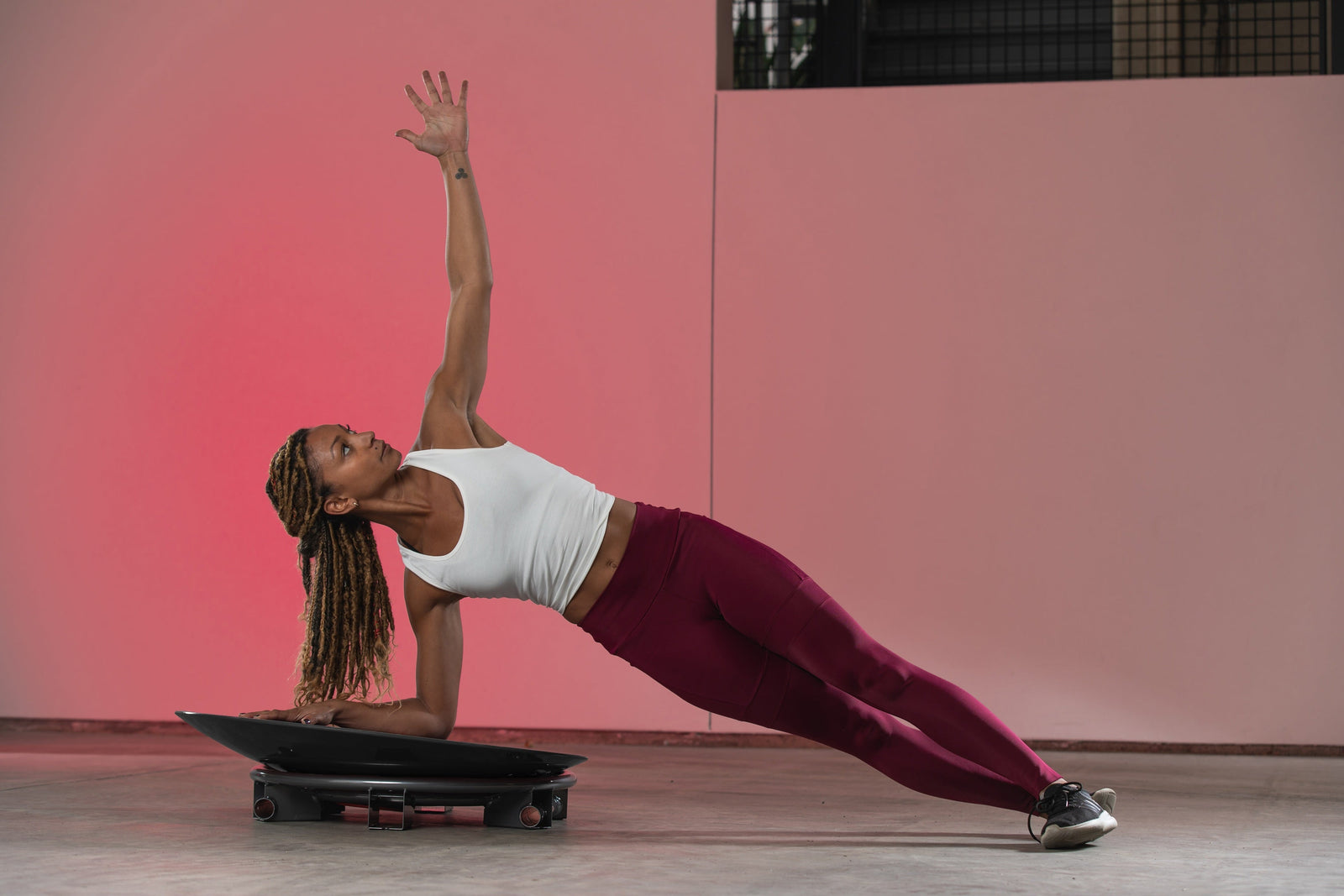

Leave a comment (all fields required)